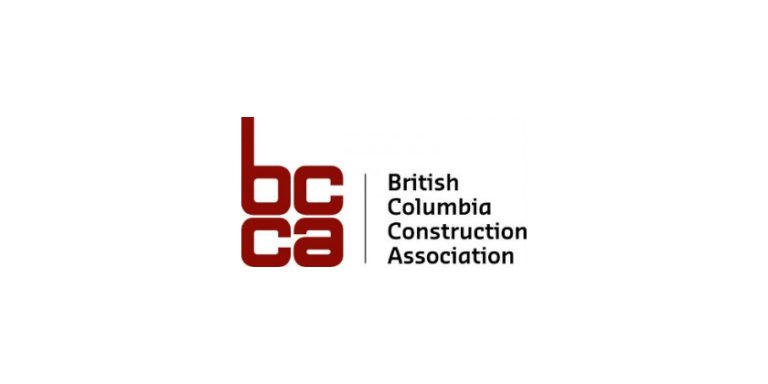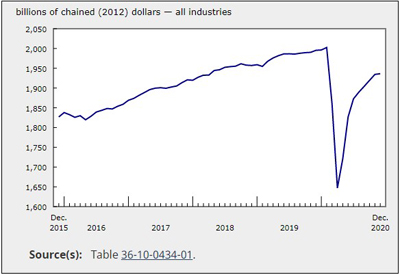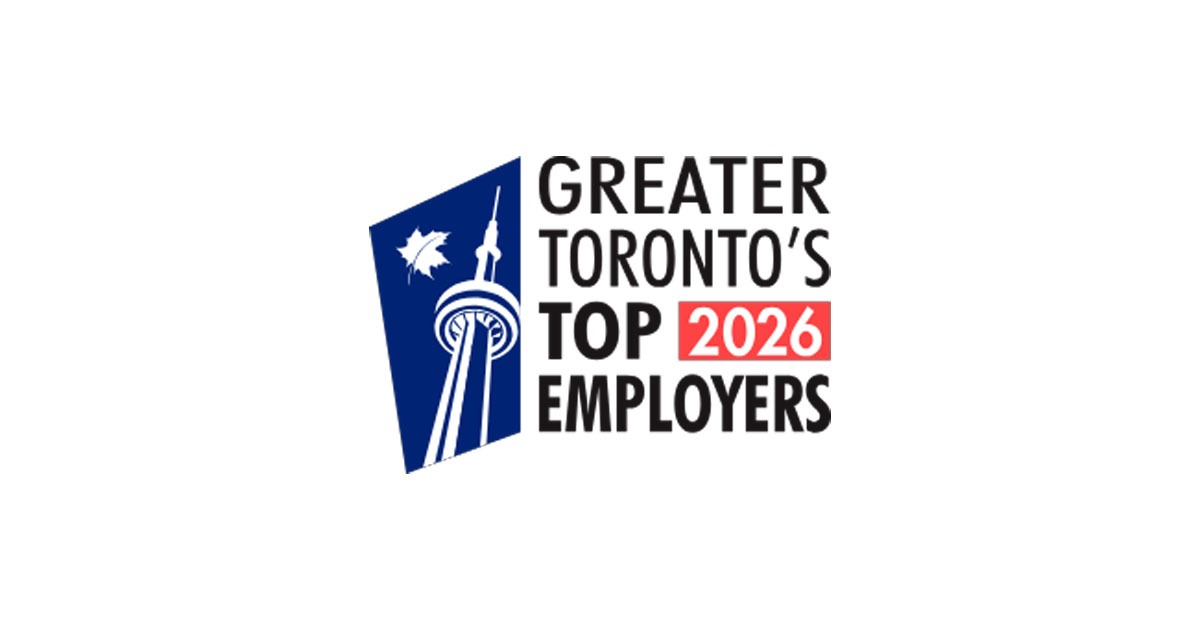Electrical Industry Leaders’ Insights on 2015 and 2016, Part 1

As last year drew to a close, we asked five industry leaders for their perspective on key topics affecting our industry and the Canadian economy in 2015 and in the year ahead. These leaders are, in alphabetical order, Bill Hammond, CEO, Hammond Power Solutions, Juan Macias, President, Schneider Electric Canada, David Nathaniel, CEO, Standard CEO, Nathalie Pilon, CEO, ABB Canada, and Dave Syer, VP, Vendor Relations and Business Development, Sonepar Canada. Here’s what they told us.
From your perspective, what were the key developments in 2015 (acquisitions, mergers, Canadian economic data, technologies, etc.)?
Key international events affecting the Canadian economy in 2015 were the decline in the price of a barrel of oil, and the weakening Canadian dollar.
Bill Hammond (BH): Unfortunately, 2015 was all about the global economy and the significant impact that slumping commodity consumption and prices have had on the Canadian economy for a second year in a row. I don’t know of anyone in our industry who a year ago at this time was predicting that Canada would be in recession for the first half of 2015.
Juan Macias (JM): The reduction in capital spending in the oil and gas industry was a pivotal development in 2015. That, coupled with the devaluation of the Canadian dollar, a new federal government, and lower demand for mining and metals products, created a challenging economic environment throughout the year.
David Nathaniel (DN): Overall, 2015 was a soft year economically for Canada with prices and demand for resource products weak.
Nathalie Pilon (NP): The abrupt decline in oil prices and its impact on the economy, and the dollar devaluation.
Dave Syer (DS): Ongoing fallout from the falling price of oil and the Canadian dollar.
Among other notable developments and milestones cited by participants, all mention the election of a new federal government, since a new administration always brings changes. Some also mention the growing dominance of certain technologies, and acquisitions.
BH: If you’re looking for one event that may be a game changer for Canada in 2015, I think it will be the election of Justin Trudeau’s Liberals. Whether you agree with his politics or not, it is probable that we’ll see changes in taxation, infrastructure spending, relationships with the provinces, energy policies, and many other things that will affect how many aspects of our economy and government will operate over the next four years.
JM: Turning specifically to Schneider Electric, a key development for us in 2015 was the launch of our new brand campaign, Life is On, which focuses on how our technologies ensure Life is On everywhere, for everyone at every moment. The launch was a significant milestone for our company, as we believe our history and expertise in energy management and automation put us in a unique position to provide customers with the connected solutions that make this possible.
DN: Technology continues to move at a fast pace, causing disruption as well as opportunities and certainly a lot of change. There was reasonable M&A activity on the manufacturing side, especially in lighting with Acuity acquiring more controls businesses and most recently purchasing Juno from Schneider. Philips announced that it would be divesting its lighting business by mid-2016 and Osram announced it will be carving out its lamp/ballast business in 2016 to focus on high-tech lighting.
2. Do you anticipate major changes in 2016?
None foresee a major change in the Canadian economy. Nathalie Pilon believes that the economic situation in 2016 will be similar to 2015, unless the federal government puts the infrastructure program in place. Dave Syer adds that we must take into account the ripple effects of low oil prices, and of digital convergence. Other comments include the following.
BH: I am expecting more of the same in 2016 but with some added risks coming from the residential housing and condo markets. Canadian housing prices in many large cities as well as personal debt levels are unsustainable given the lack of economic growth as well as the risks posed by even modest interest rate increases. The one bright spot should be exports to the U.S. as their economy continues its slow but modest improvement.
JM: We do not expect the economic environment to change in 2016. Our expectation is that it will continue to be a difficult capital spending environment, but one that presents opportunities for us. Businesses will need to examine how they can become more efficient and productive without making a significant financial investment, and we believe that will allow us to demonstrate how companies can lower their energy consumption and automate more processes to reduce expenses, increase efficiencies, and improve their bottom line.
DN: The Canadian economy will likely continue to be in slow growth mode in 2016 for the same reasons as in 2015. The Canadian dollar will stay weak and perhaps decline further if oil prices weaken and the U.S. increases interest rates. Technology will continue to evolve at a fast pace and bring with it more change for industry participants.
In Part 2, appearing in the next issue: which emerging technologies will have the greatest impact on our industry in the near future. Also, the five leaders’ one-word descriptions for 2015, and the biggest challenge for 2016.










